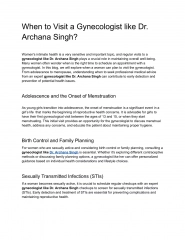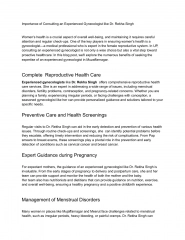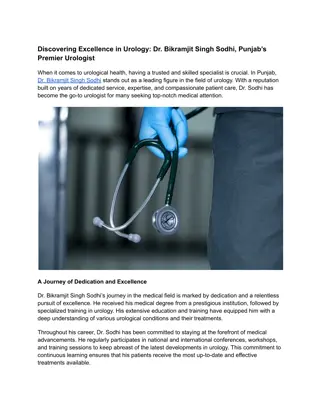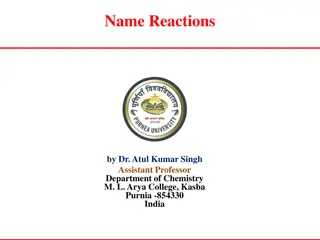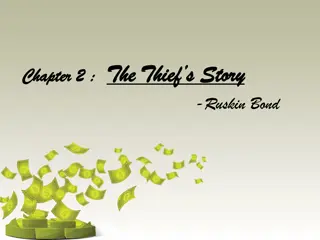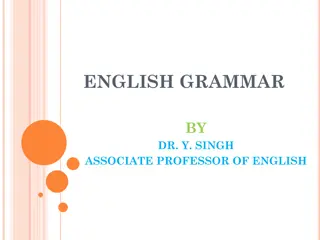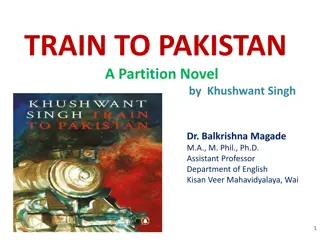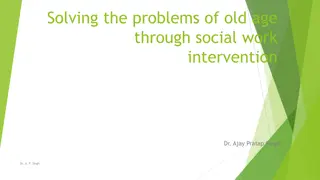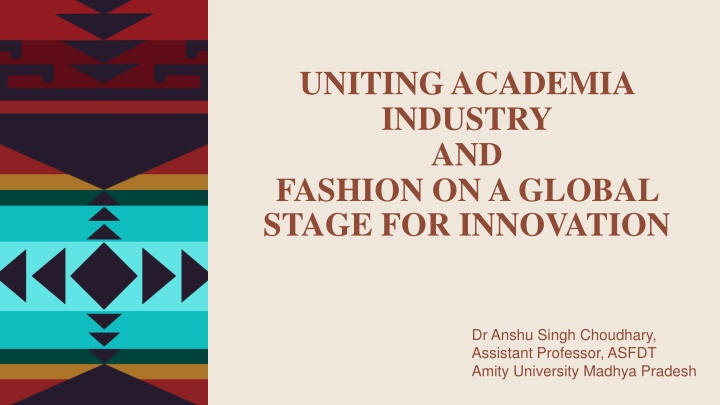
Innovative Collaboration: Uniting Academia, Industry, and Fashion for Global Impact
Explore the importance of collaboration between academia, industry, and fashion for fostering innovation and sustainability. Discover the roles of academia in sustainable fashion technologies, industry in bridging theory with practical applications, and fashion as a cultural catalyst. Overcome challenges through a proposed framework for aligning goals and building structured partnerships.
Download Presentation

Please find below an Image/Link to download the presentation.
The content on the website is provided AS IS for your information and personal use only. It may not be sold, licensed, or shared on other websites without obtaining consent from the author. If you encounter any issues during the download, it is possible that the publisher has removed the file from their server.
You are allowed to download the files provided on this website for personal or commercial use, subject to the condition that they are used lawfully. All files are the property of their respective owners.
The content on the website is provided AS IS for your information and personal use only. It may not be sold, licensed, or shared on other websites without obtaining consent from the author.
E N D
Presentation Transcript
UNITING ACADEMIA INDUSTRY AND FASHION ON A GLOBAL STAGE FOR INNOVATION Dr Anshu Singh Choudhary, Assistant Professor, ASFDT Amity University Madhya Pradesh
Introduction Importance of collaboration between academia, industry, and fashion. Role of partnerships in fostering innovation and sustainability.
Role of Acdemia Research & Development in sustainable fashion technologies. Nurturing talent and interdisciplinary learning. Examples of academic contributions: Biodegradable textiles. AI-driven fashion design tools. Circular economy concepts in academic curriculums. Facilitating knowledge transfer and skill development.
Role of Industry Bridging theoretical knowledge with practical applications: Implementation of academic research in manufacturing. Use of cutting-edge tools developed in academic labs. Role in mentorship: Guiding academic institutions on market trends. Offering internship opportunities for hands-on learning. Infrastructure and resource provision: Funding research collaborations. Establishing industry-academia labs and think tanks.
Fashion as cultural catalyst Reflecting societal values and preserving traditions: The importance of regional crafts and indigenous designs. Driving inclusivity: Promoting diversity in design and production. Expanding representation through global fashion campaigns. Influencing social and political narratives: Fashion as a medium for environmental activism. Statements on gender equality and cultural identity.
Challenges as Collaboration Differing priorities: Academia focuses on long-term theoretical advancements. Industry seeks short-term profitability and scalability. Resource disparities: Limited funding for academic research. Insufficient industry engagement in education reforms. Communication gaps: Mismatched expectations in deliverables and timelines. Limited dialogue forums for mutual exchange. Intellectual property concerns: Conflicts over ownership of collaborative innovations.
Proposed framework collaboration for Aligning Goals: Define shared objectives focusing on innovation and sustainability. Establish collaborative research priorities. Structured Partnerships: Create university-industry consortia for continuous engagement. Formalize agreements on intellectual property and resource sharing.
Proposed framework for collaboration Leveraging Technology: Use digital platforms for communication and knowledge sharing. Build virtual labs for global collaborations. Funding Initiatives: Encourage joint grants for innovative projects. Involve government bodies to support academia-industry programs. Skill Development: Launch collaborative courses integrating industry needs. Host co-branded workshops and hackathons.
Future Opportunities Advancing sustainability: Focus on renewable materials and zero-waste production. Develop global standards for ethical sourcing. Digital transformation: Use AI and blockchain for supply chain transparency. Expand e-learning modules for widespread accessibility. Building innovation hubs: Establish centers of excellence for fashion research. Foster interdisciplinary partnerships across geography and domain.
Conclusion Collaboration between academia, industry, and fashion is imperative for innovation. Unified efforts can address challenges and unlock sustainable growth. Call for action: Foster dialogue across sectors. Commit to long-term partnerships.
References Amed, I., Balchandani, A., & Berg, A. (2023). The State of Fashion 2023: Resilience in the Face of Uncertainty. McKinsey & Company. Black, S. (2013). The Sustainable Fashion Handbook. Thames & Hudson. Brydges, T., & Hanlon, M. (2020). "Sustainability and innovation in the global fashion industry." Journal of Cleaner Production, 249, 119325. Choi, T.-M., Wallace, S. W., & Wang, Y. (2018). "Big data analytics in operations management." Production and Operations Management, 27(10), 1868 1881. Fletcher, K. (2014). Sustainable Fashion and Textiles: Design Journeys (2nd ed.). Routledge. Gwilt, A., & Rissanen, T. (2011). Shaping Sustainable Fashion: Changing the Way We Make and Use Clothes. Earthscan. Jackson, T. (2021). "Collaborative innovation between academia and industry: Lessons from the fashion sector." Innovative Fashion Practices, 18(4), 325 338. Johansson-Sk ldberg, U., Woodilla, J., & etinkaya, M. (2013). "Design thinking: Past, present and possible futures." Creativity and Innovation Management, 22(2), 121 146. Kaiser, S. B. (2012). Fashion and Cultural Studies. Berg.
Kozlowski, A., Searcy, C., & Bardecki, M. (2015). "Innovation for a sustainable fashion industry: A design-focused approach." Journal of Fashion Marketing and Management, 19(3), 328 339. McKinsey & Global Fashion Agenda. (2021). Fashion on Climate: How the Fashion Industry Can Urgently Act to Reduce Its Greenhouse Gas Emissions. Niinim ki, K., & Hassi, L. (2011). "Emerging design strategies in sustainable production and consumption of textiles and clothing." Journal of Cleaner Production, 19(16), 1876 1883. Oke, A., & Idiagbon-Oke, M. (2010). "Innovation types and innovation management practices in service organizations." International Journal of Operations & Production Management, 30(1), 32 61. Pal, R., & Gander, J. (2018). "Modelling environmental value: An examination of sustainable business models within the fashion industry." Journal of Cleaner Production, 184, 251 263. Perry, P., & Wood, S. (2018). The Sustainability of the Fashion Industry: Addressing the Global Apparel Supply Chain Crisis. Bloomsbury. Pine, B. J., & Gilmore, J. H. (2011). The Experience Economy: Work Is Theatre & Every Business a Stage. Harvard Business Review Press. Ratten, V., & Ferreira, J. J. (2017). "Future research directions for cultural entrepreneurship and regional innovation." International Journal of Innovation and Regional Development, 7(2), 199 203.

